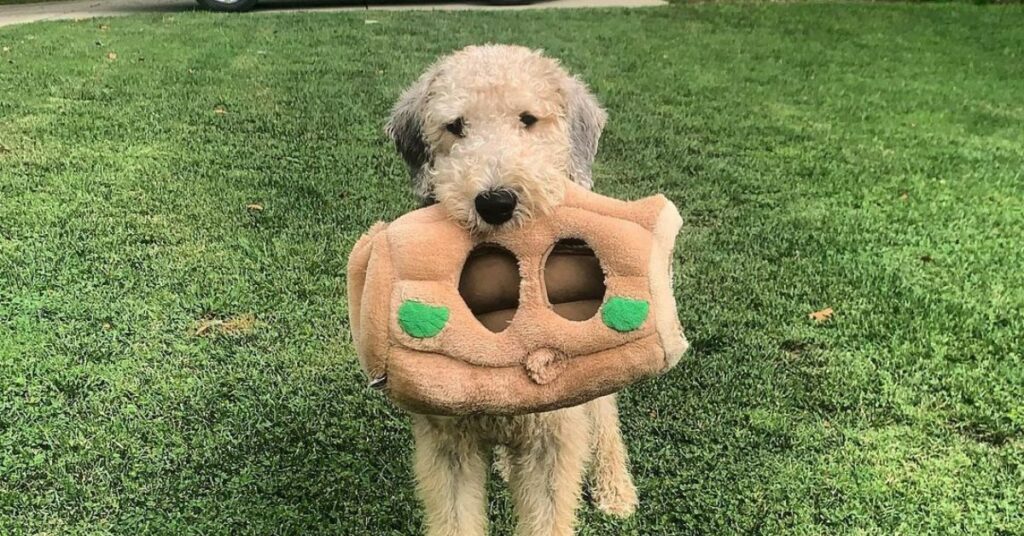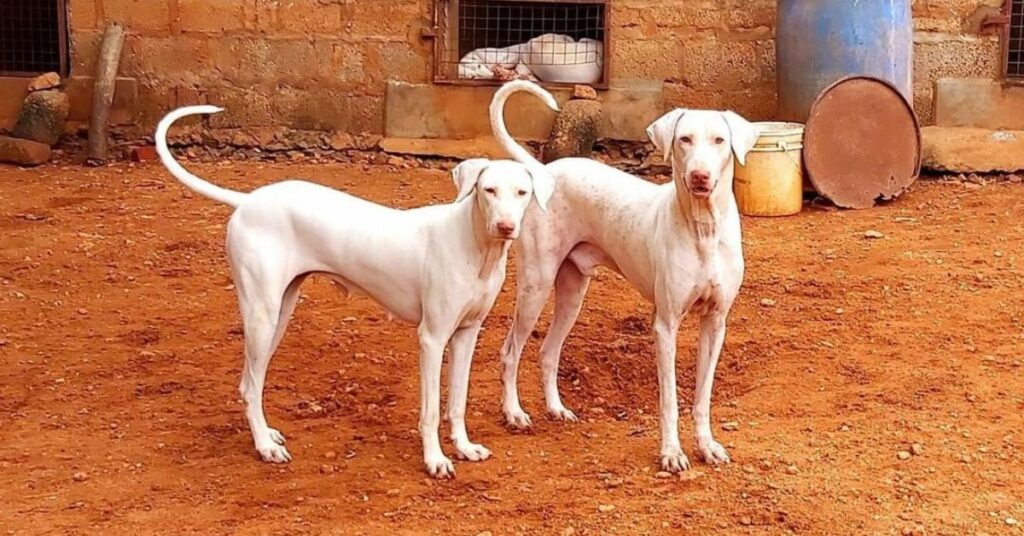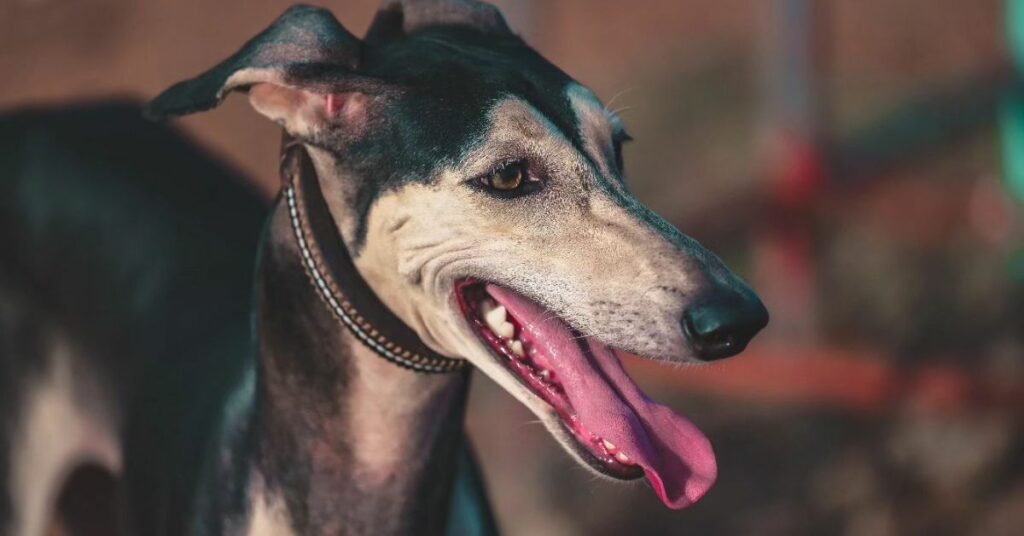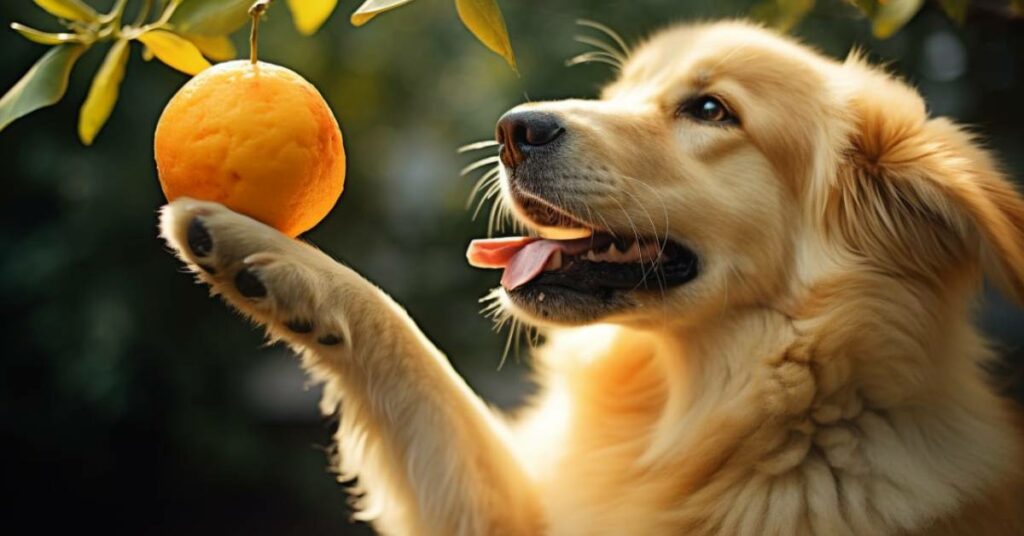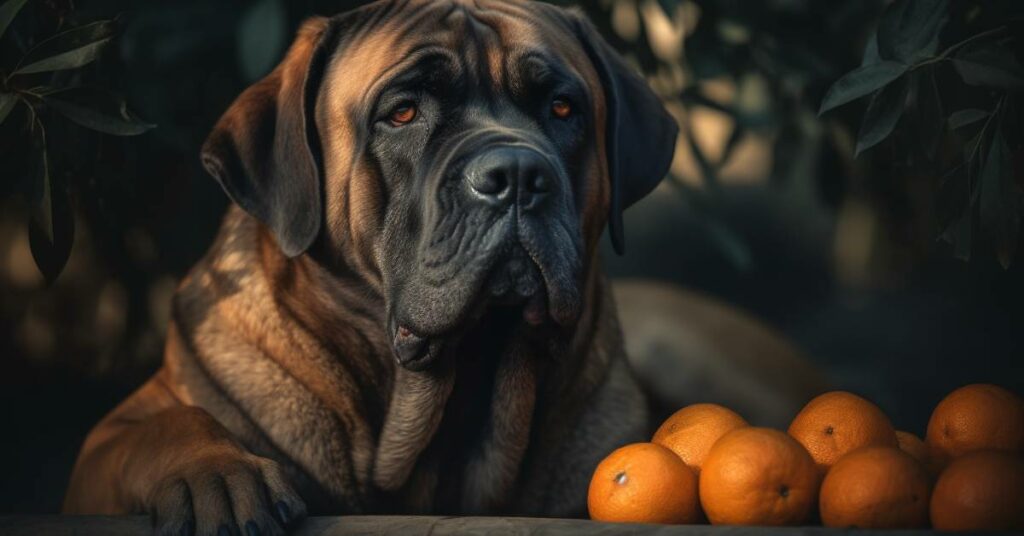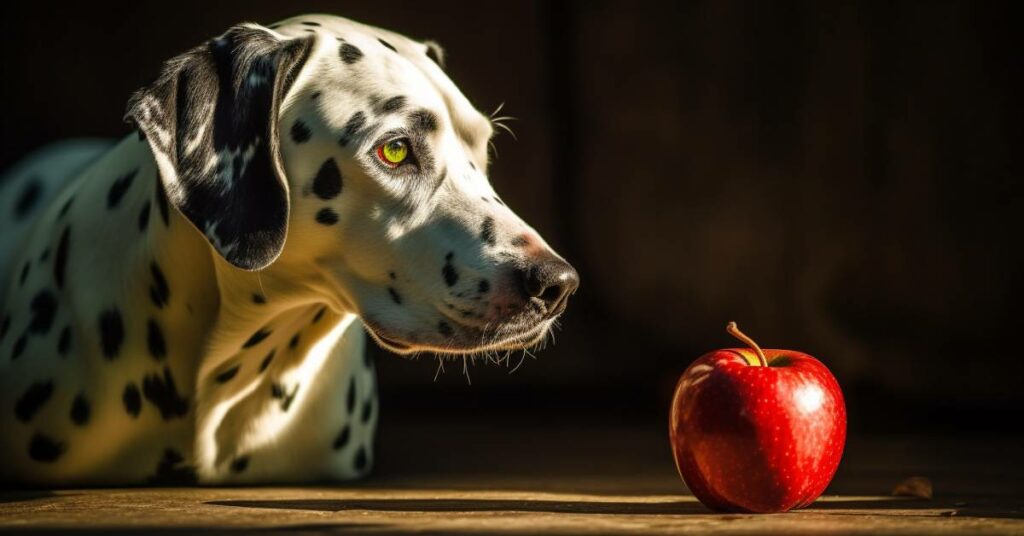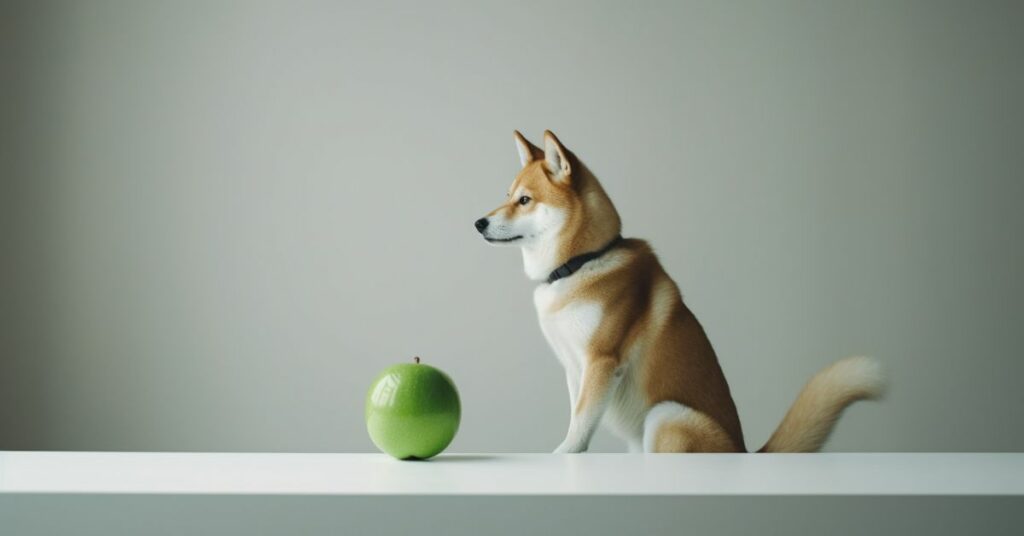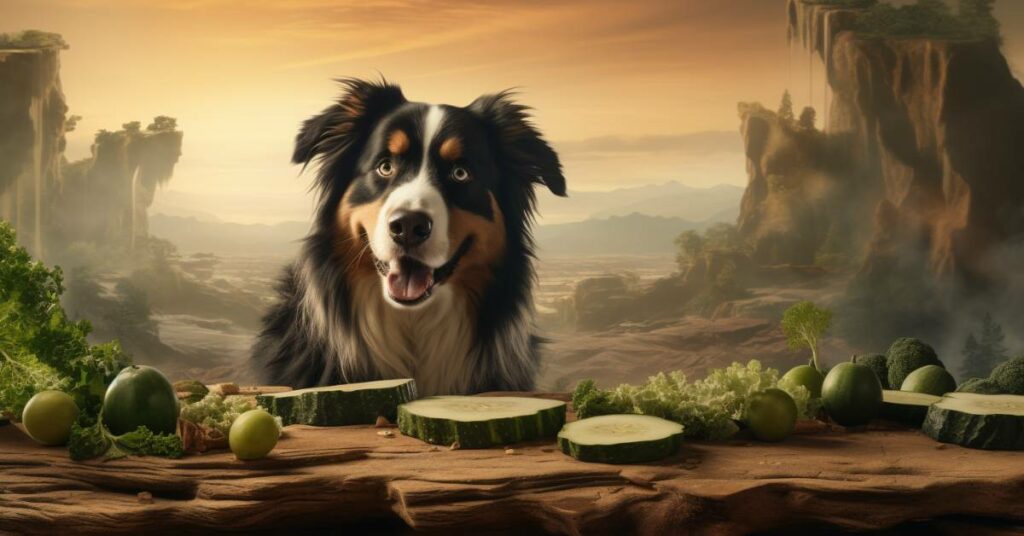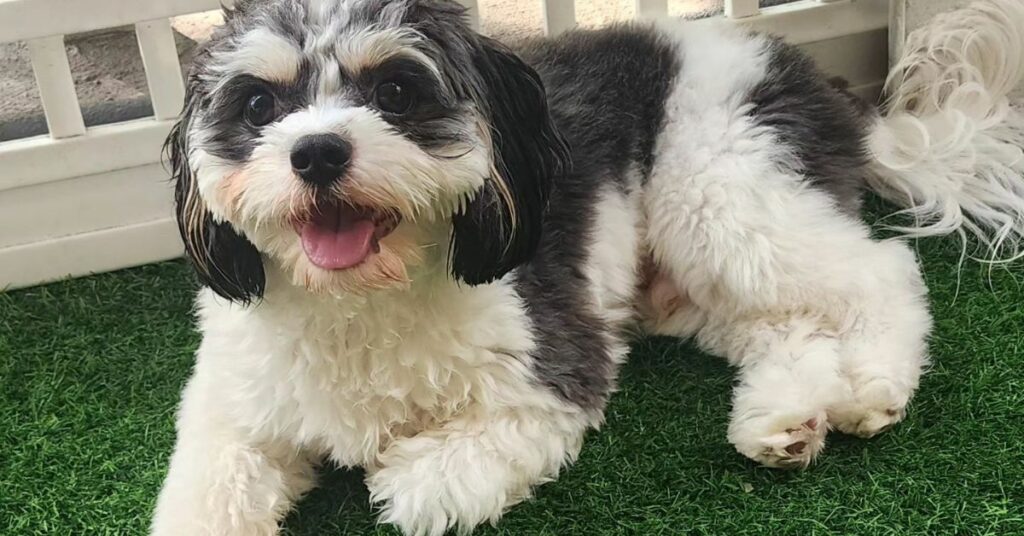The Hooman Behind the Howls
Salutations! 🐾✨ I'm Venkat, the mind behind https://t.co/lGVpg886M7, and I'm on a mission to craft a pubtastic blog. 🌟📝 Calling out to all fellow dog aficionados across the globe to contribute and make this journey fur-tastic! 🌍🐶 Let's create something pawsome together!🤝 pic.twitter.com/Kw3ednfwYj
— Venkatesh Krishna (@venkatweetz) April 23, 2023
